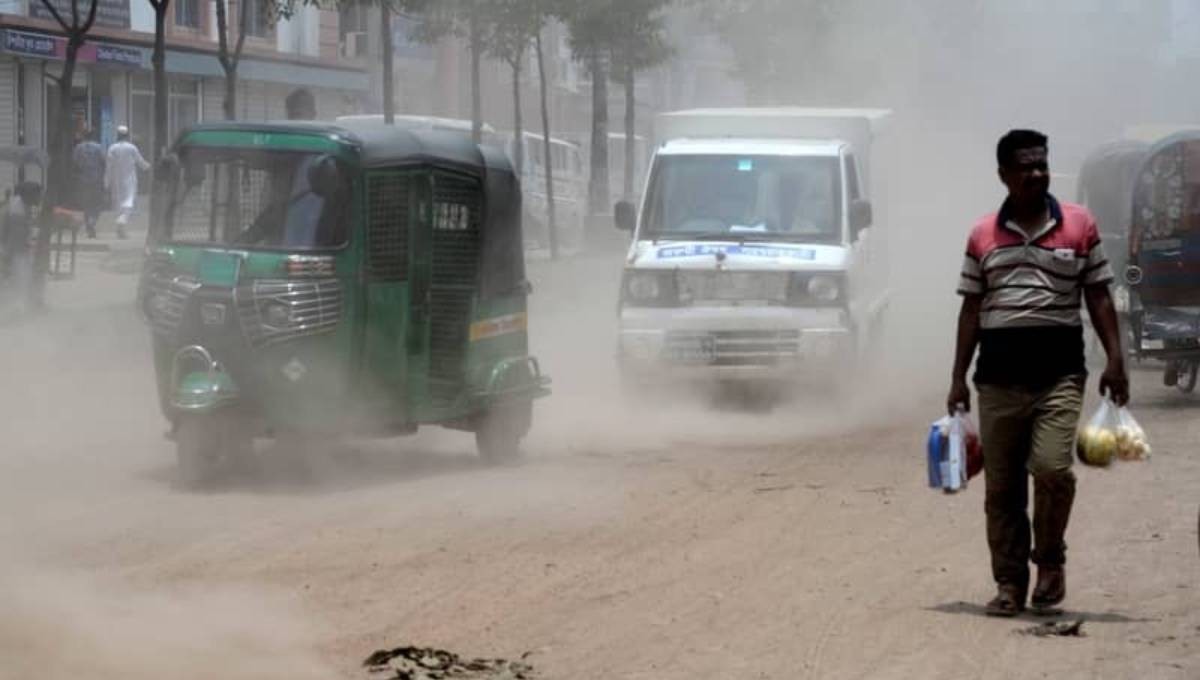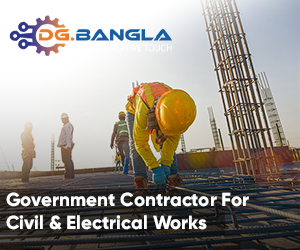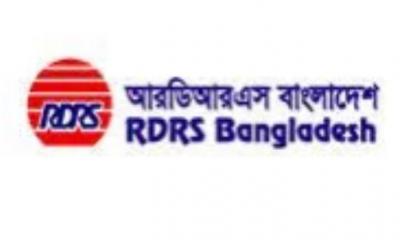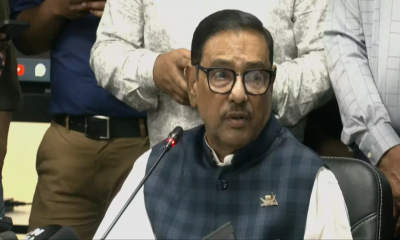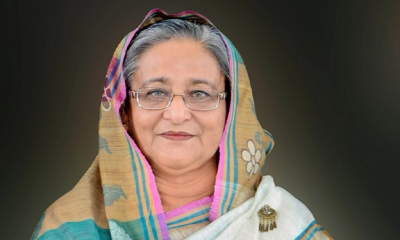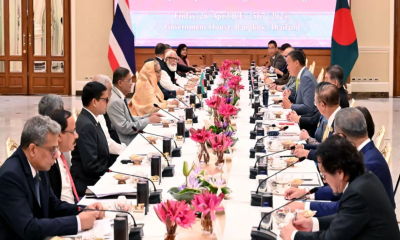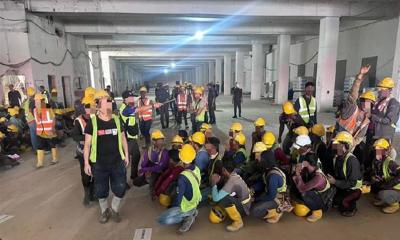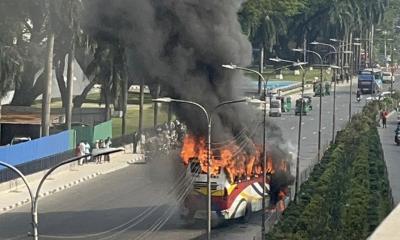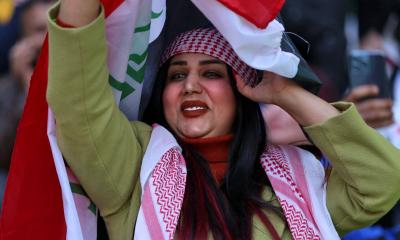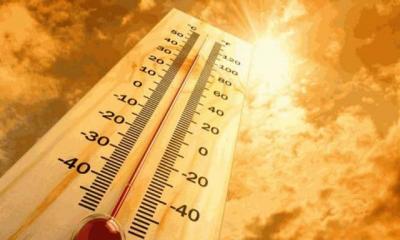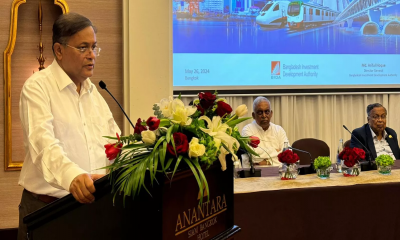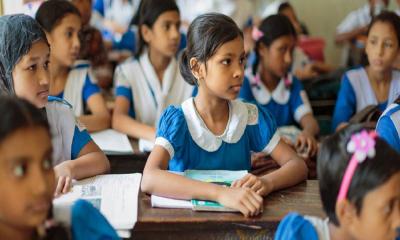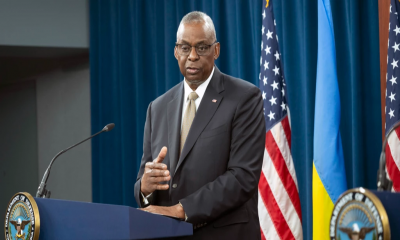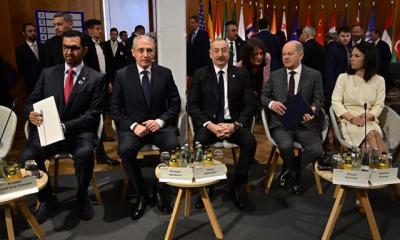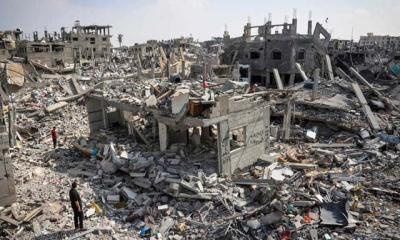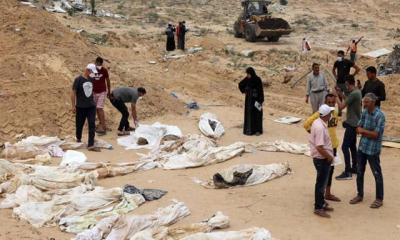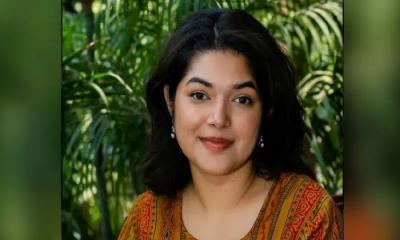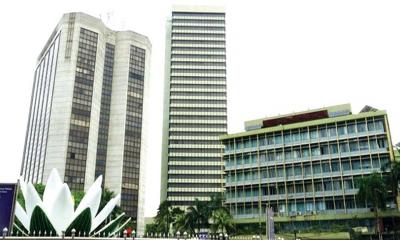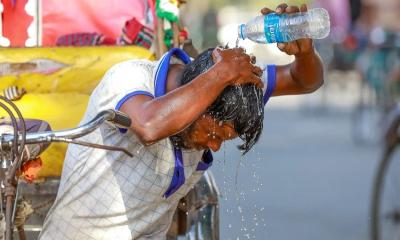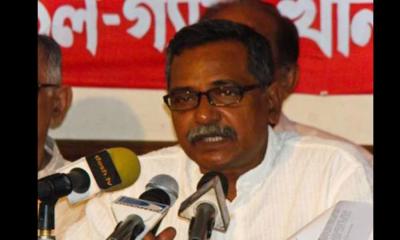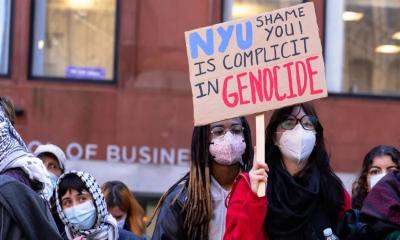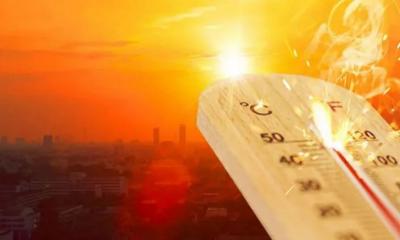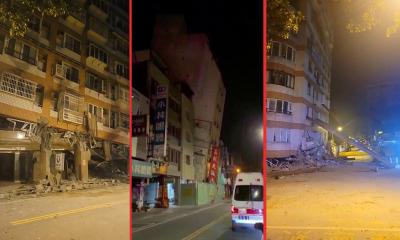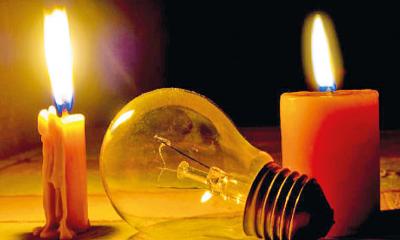In a shosking development involving millions of lives, Dhaka saw a harrowing 7% rise in air pollution in 2021 compared to that recorded in the last five years, suggests a latest research.
Moreover, in first 25 days of January, the city people did not experience clean air for a single day as the average air quality was recorded at 219.52 which is regarded as “very unhealthy”, says the study by the Centre for Atmospheric Pollution Studies (CAPS) of Stamford University.
The findings were published during a media call organized by CAPS and Bangladesh Paribesh Andolon (BAPA) at the Dhaka Reporters’ Unity on Thursday, reports the Dhaka Tribune.
Dhaka secured the second position in the list of most polluted cities in 2019 and 2020, according to USA and Switzerland based IQAir.
However, in 2021 the capital witnessed at least seven percent increase in air pollution than the previous five years and a majority is due to the construction works.
According to the study, ten major areas in the capital scored below standard throughout 2021 among which Tejgaon Industrial Area tops the list.
The areas which were selected for the study are high in anthropogenic activities including financial hubs, industrial zones, diplomatic and parliament.
Megaprojects such as the metro rail, bus rapid transit and mass rapid transit, unfit vehicles and construction materials deteriorate the air quality of the city, the study showed.
These developments are taking place at the cost of humanitarian catastrophe, said BAPA General Secretary Sharif Jamil.
“Most of the mega projects are being implemented by foreign companies. They wouldn’t have dared to break compliance in any other country but they’re openly putting people at risk in Bangladesh,” he said.
Jamil asked why the Department of Environment (DoE) or other government agencies were not holding them accountable.
“Since they’re failing to conduct their responsibilities, should we assume the government is involved in this too?” he said.
It said constructions account for roughly 30 percent of the pollution, whereas brick kilns and industries hold the second position (29%) followed by black fumes from vehicles (15%), transnational air pollution (10%), cooking stove (9%) and waste incineration (7%).
“We found that Dhaka suffers the worst with air pollution after midnight, precisely between 11 pm - 2 am, when the pollution reaches its highest,” says Prof Dr Ahmad Kamruzzaman Majumder, the study lead and CAPS chief.
The reason is that after midnight an abundance of vehicles start entering the capital from outside Dhaka with construction materials, which are transported without any cover or precautions, he added.
According to him, the air quality starts improving after 3am but another strike in pollution can be seen from 6am -9 am due to the heavy rush of people commuting to offices and schools.
The air quality then starts deteriorating from 4pm when the offices close.
Tejgaon industrial zone topped the list of the 10 polluted zones with 70 microgrammes (mgs) of particulate matter (PM 2.5) per cubic metre whereas the acceptable level of PM 2.5 is 15mgs per cubic metre.
Shahbagh scored second on the list with 68mgs followed by Mirpur waith 66mgs, Gulshan 65mgs, Dhanmondi 63mgs, Abdullahpur 62mgs, Agargaon 61mgs, Motijheel 60mgs, the Parliament area 59mgs and Ahsan Manjil 57mgs, the study found.
The average PM 2.5 concentration in the 10 areas is 63mgs per cubic metre, 4.2 times higher than the national standard set in Environment Conservation Act-1995.
According to a World Bank study, in 2018 around 153,000 people died in the country due to air pollution. Among them 10,000 died in Dhaka.
Syed Nazmul Ahsan, the director of air quality management at DoE, refused to comment on the matter.


